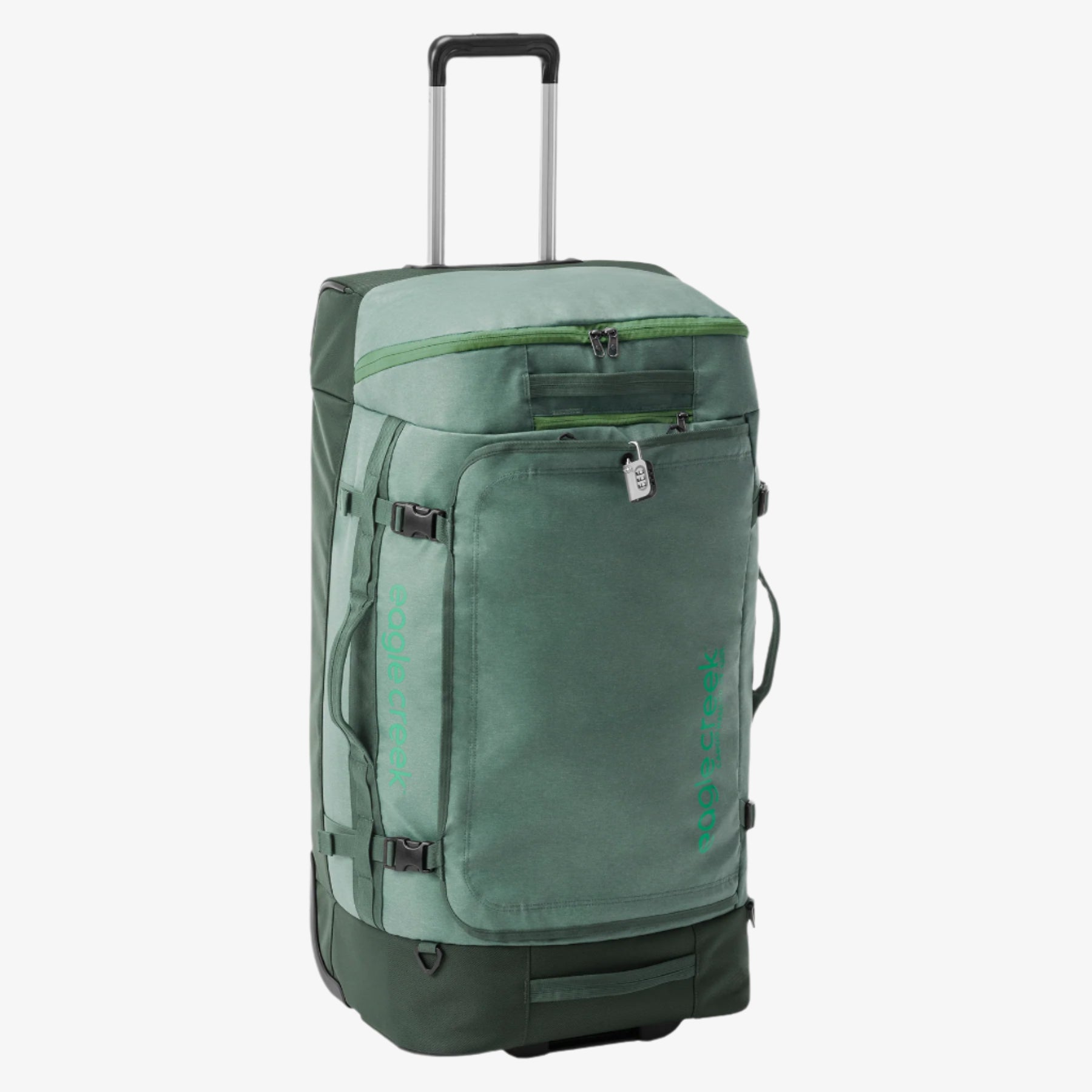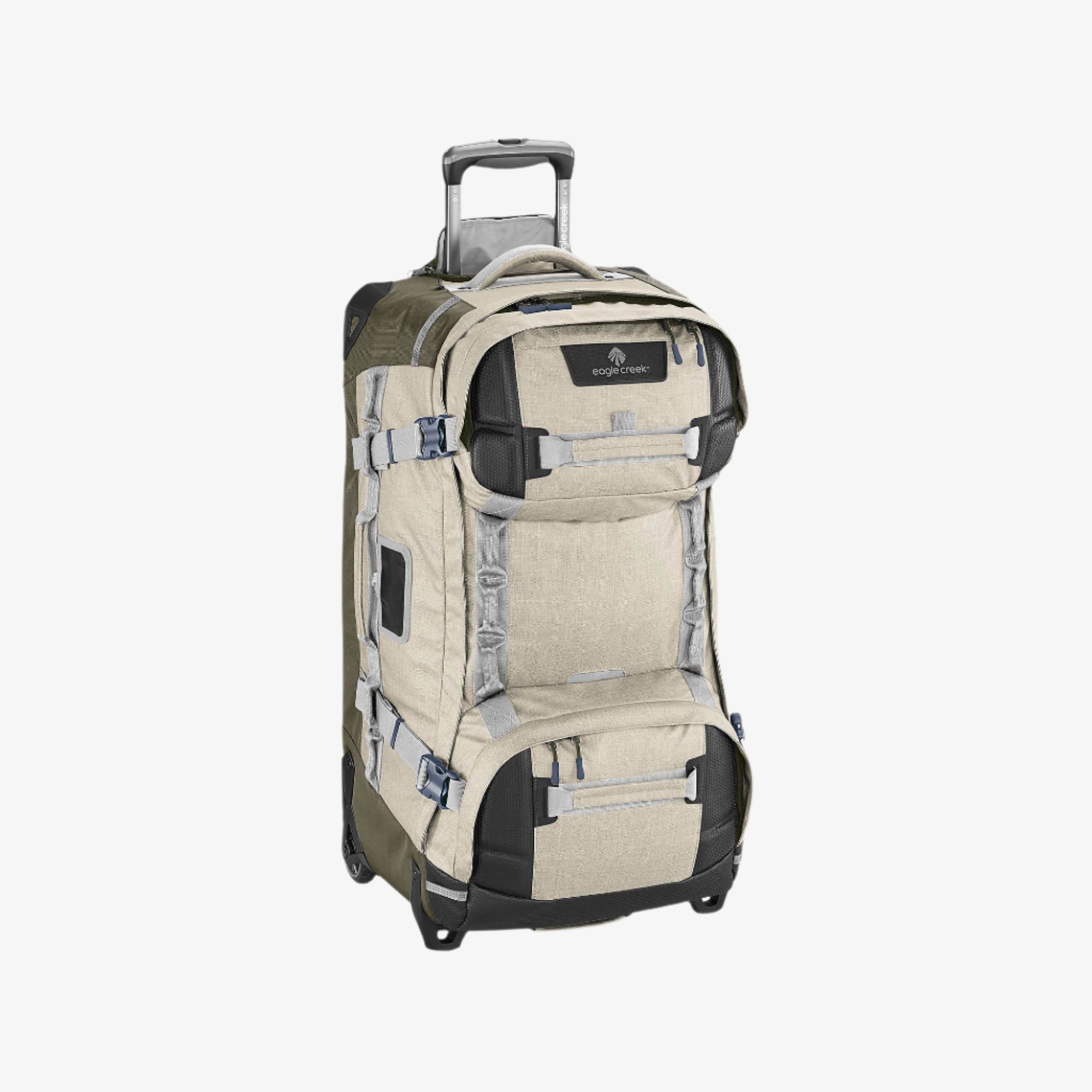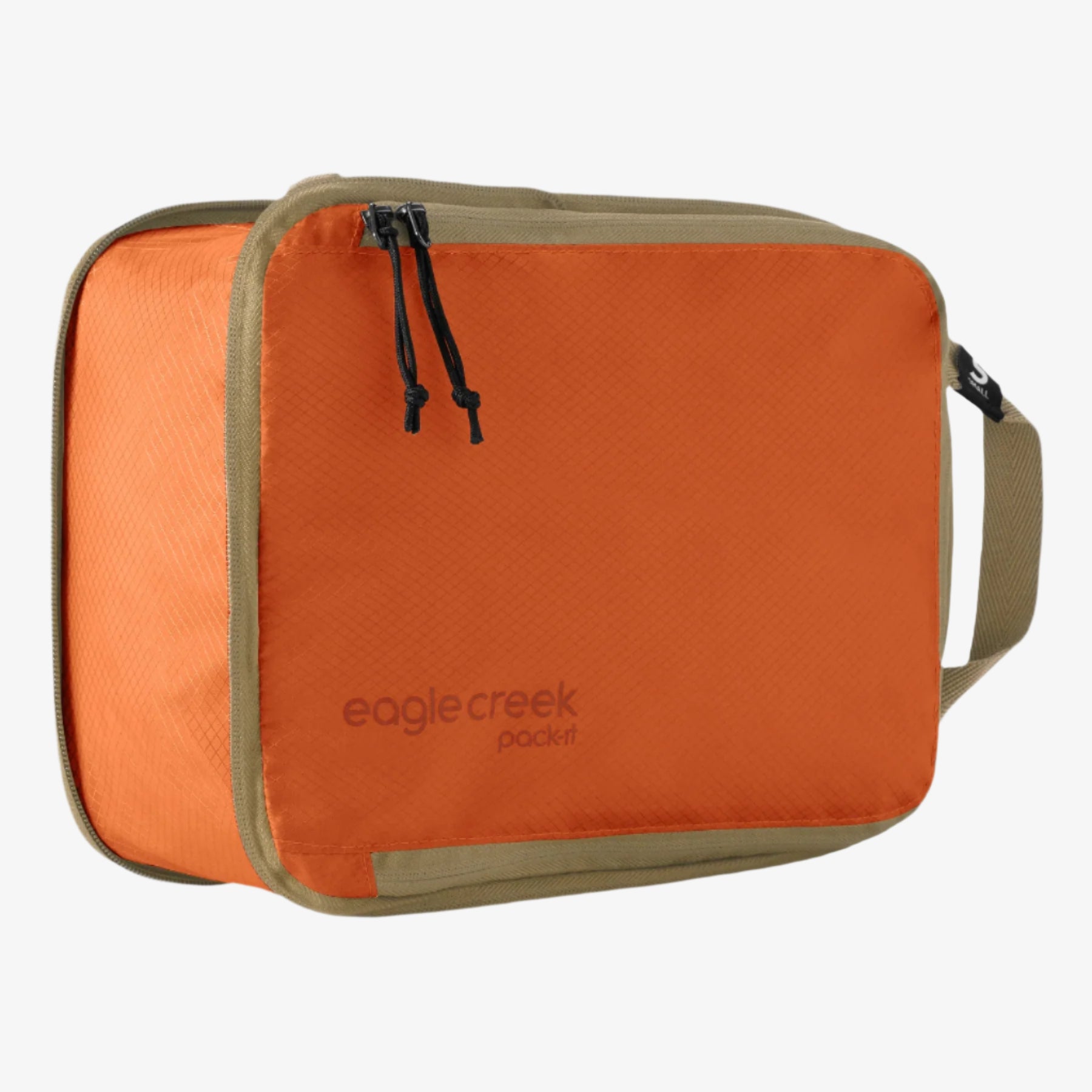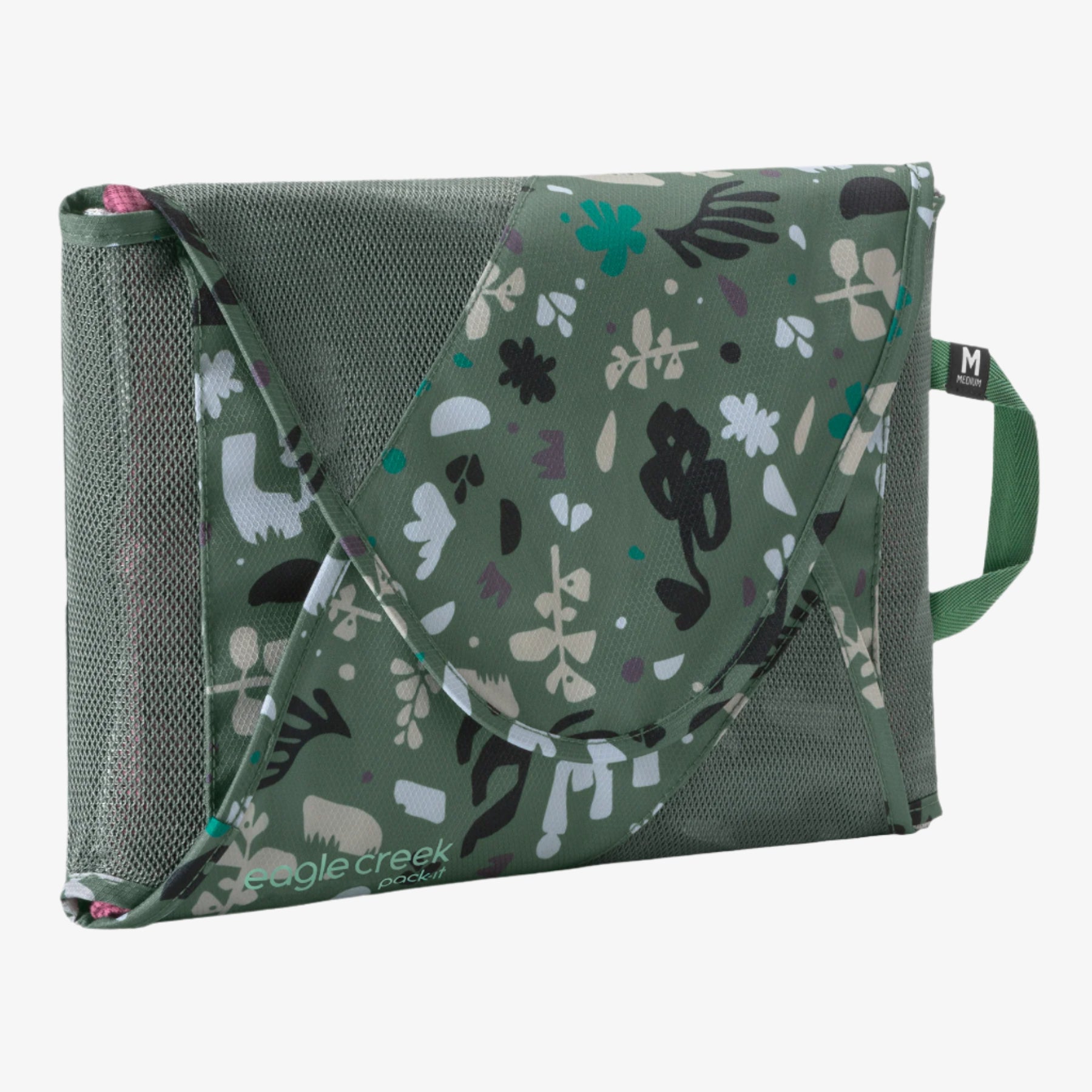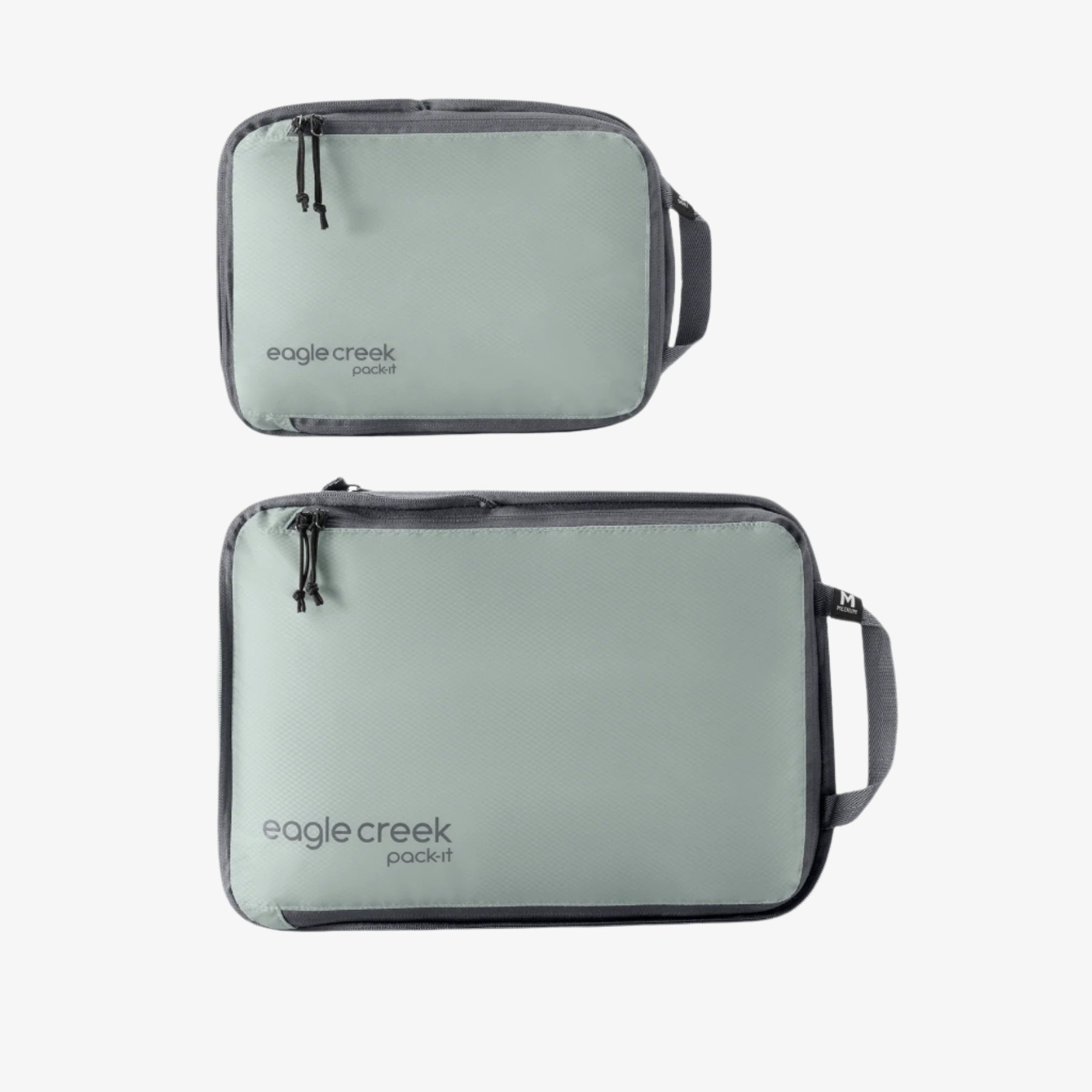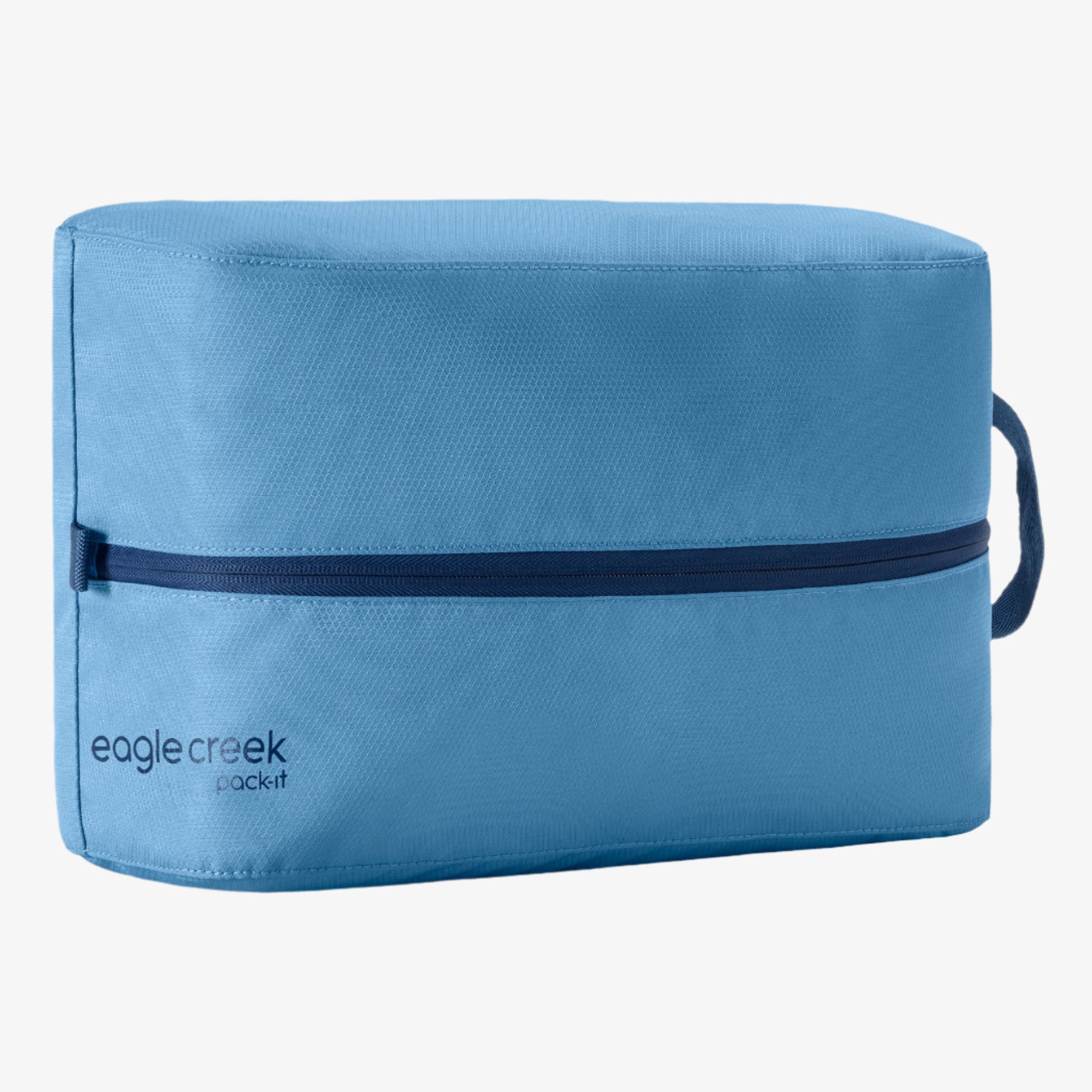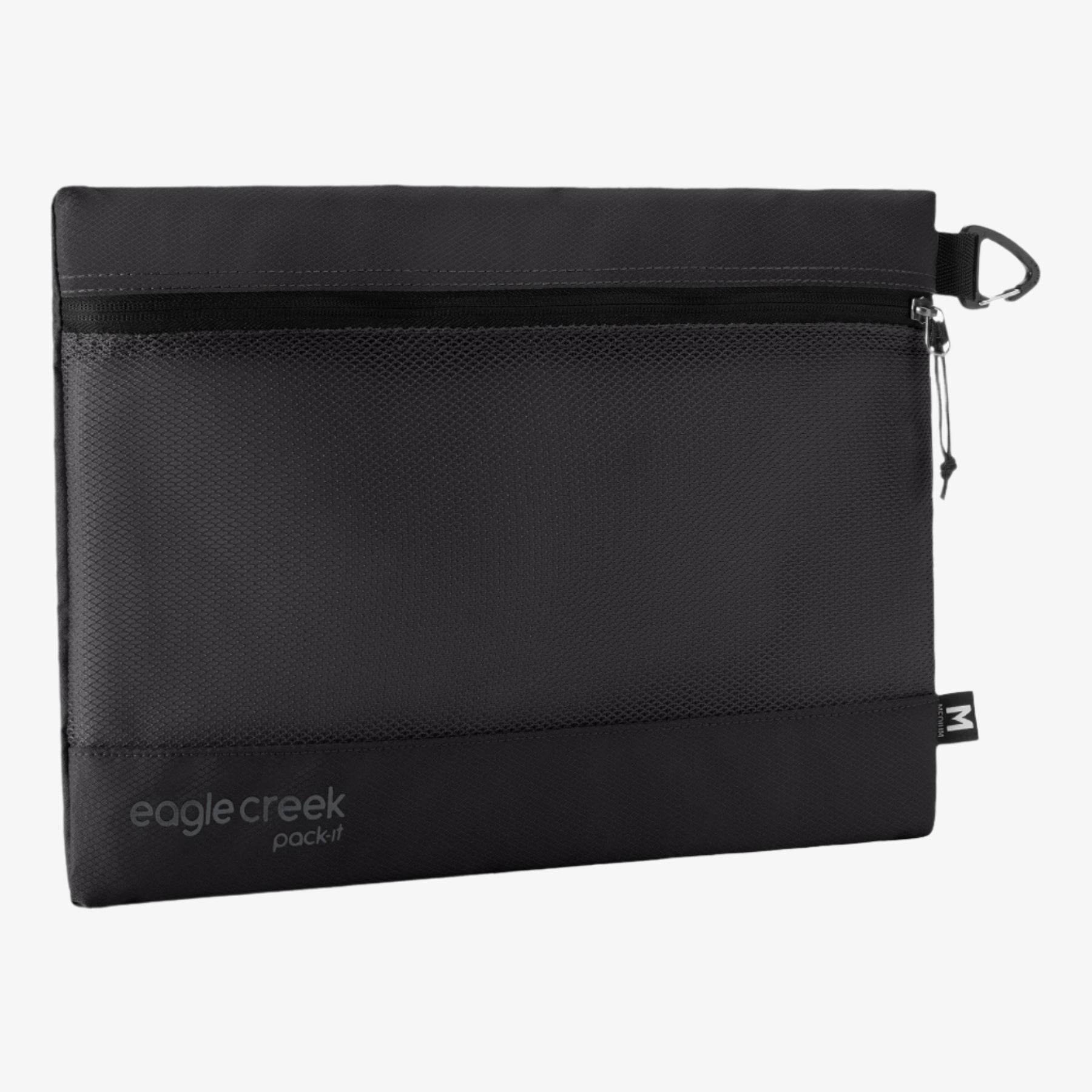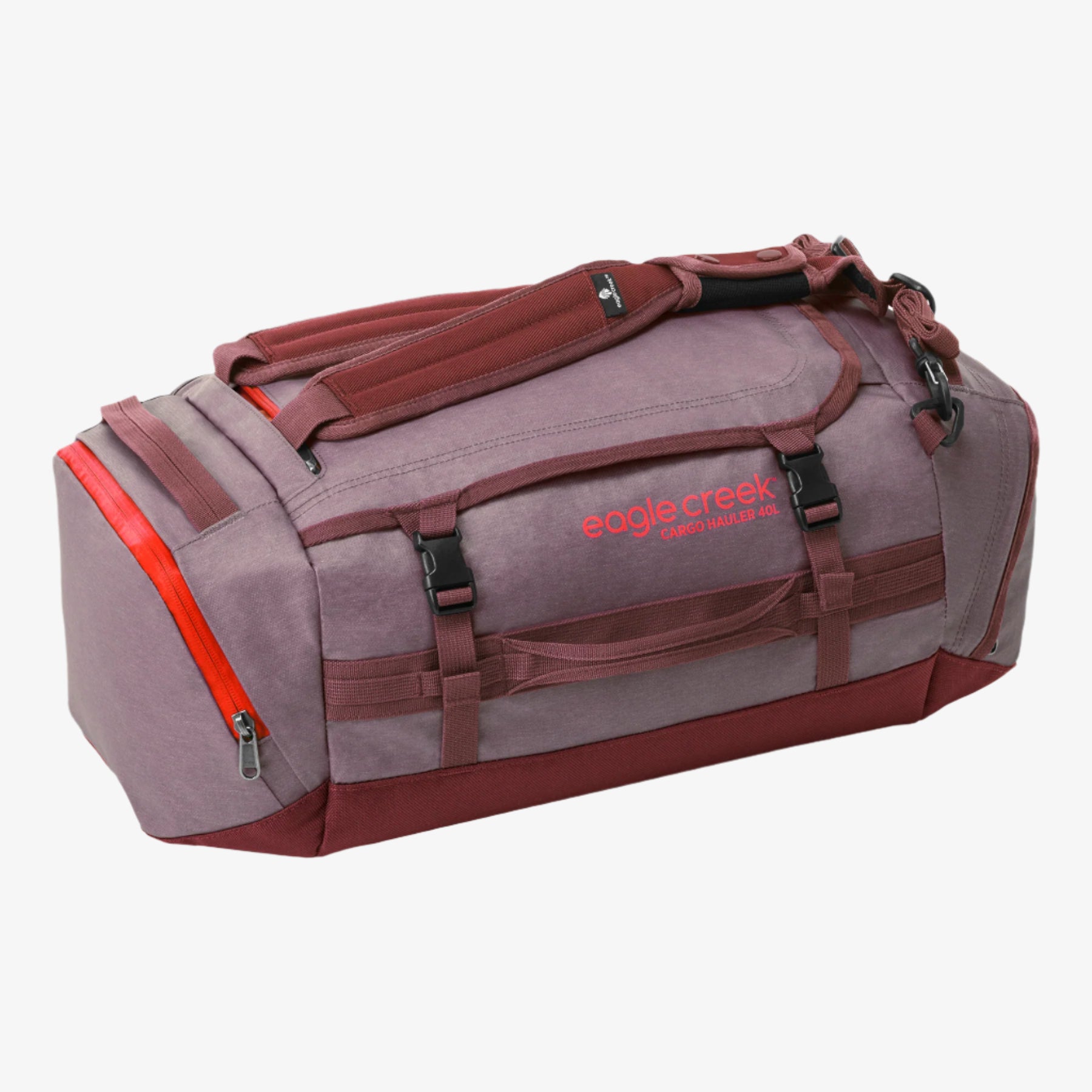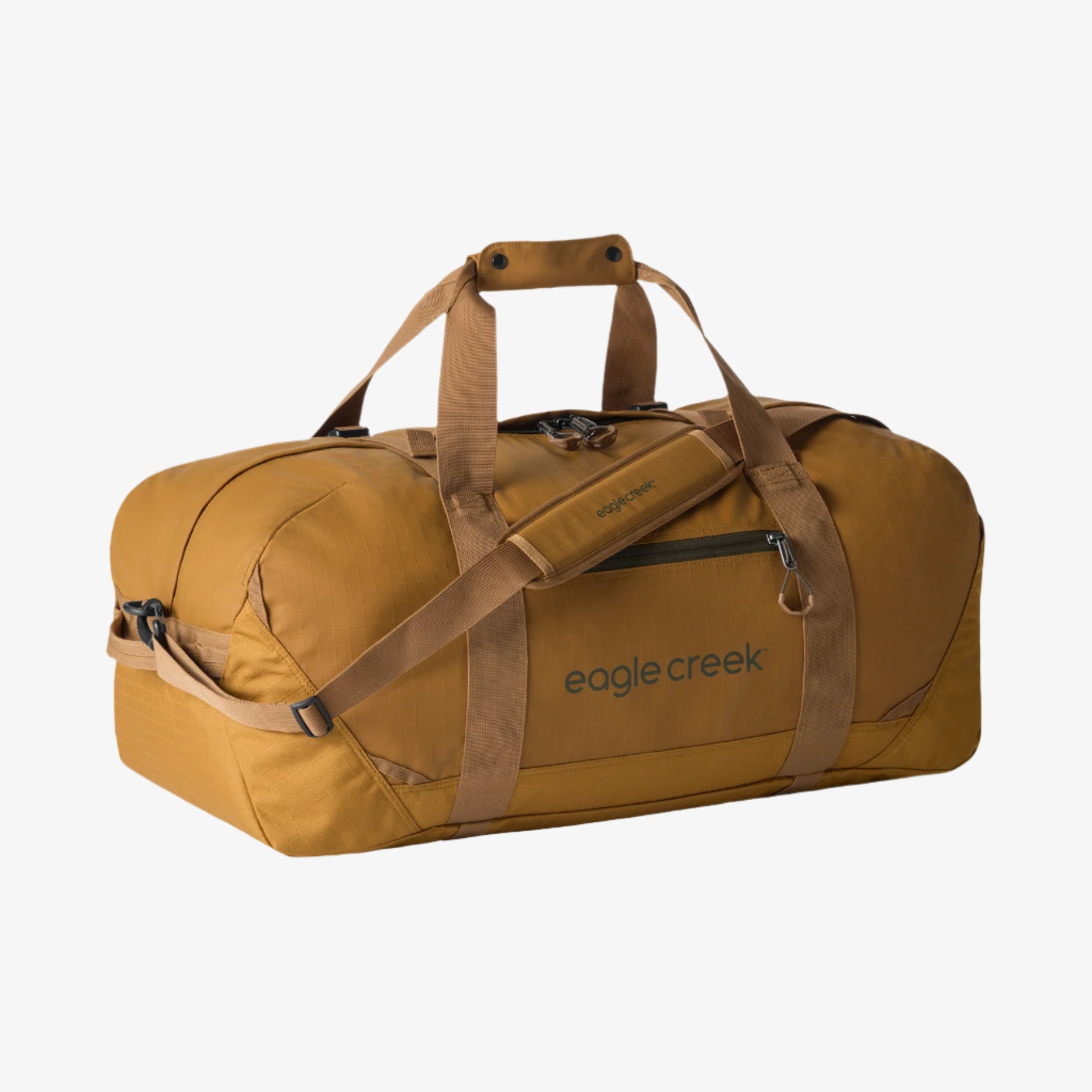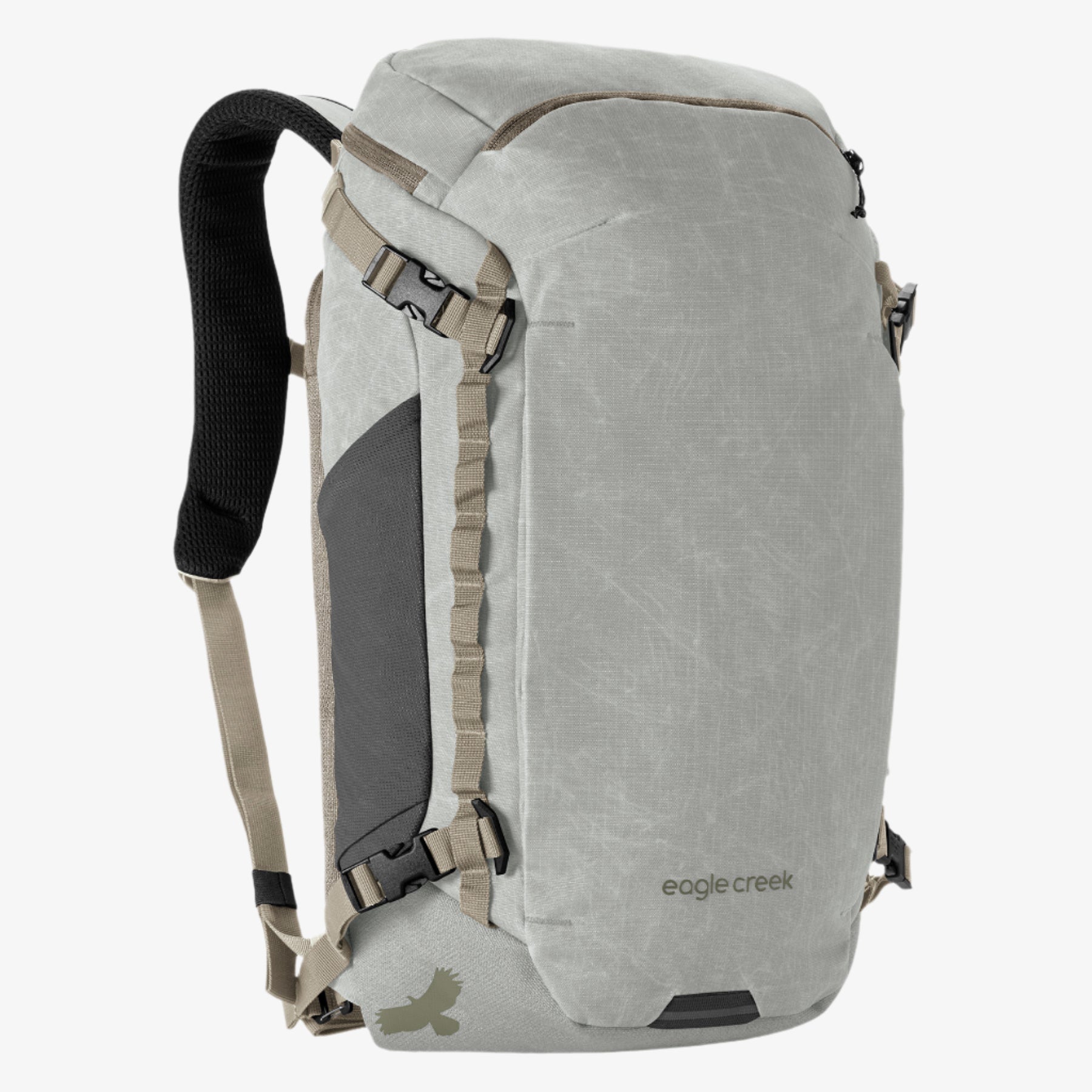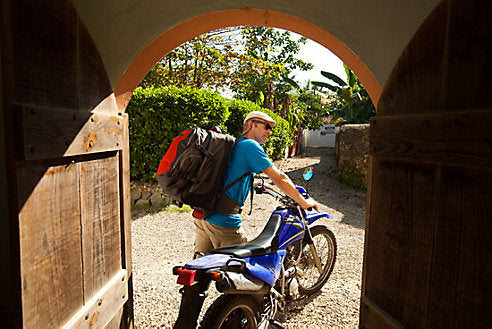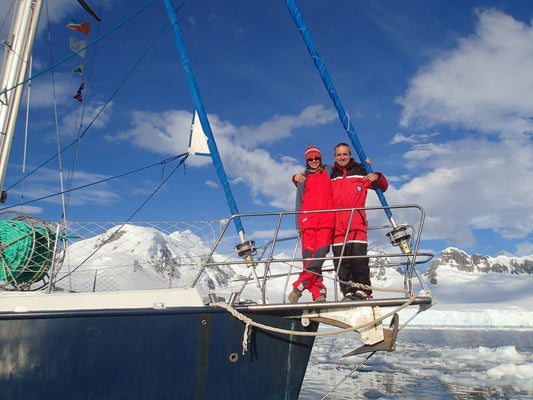Your First Backpack: 6 Ways to Ensure a Perfect Fit

DON’T RUSH THE PROCESS OF BUYING YOUR FIRST BACKPACK OR TRAVEL PACK—IT MAY JUST BE THE MOST IMPORTANT ITEM YOU’LL TAKE WITH YOU ON THE ROAD. HERE, TRAVEL BLOGGER AND PACKING GURU STEPHANIE YODER SHARES EXPERT TIPS FOR HONING IN ON BEST-FITTING, MOST DURABLE PACK FOR YOUR TRAVEL NEEDS.
When you’re on the road for weeks, or even months at a time, your backpack becomes your entire life. It’s virtually always with you—on buses and trains, in hotel rooms and hostels, more often than you’d imagine—strapped right onto your back.
A good travel pack needs to be sturdy enough to carry everything you're going to use on your trip, yet it also has to be light and comfortable enough to carry for hours on end. That’s why you should always take your time when shopping for a bag (don’t leave this errand for the last minute!) Do your research on brand and models, get expert guidance from a sales clerk or seasoned travel veteran—and be sure to follow these expert tips for a travel bag that’s always a perfect fit.
Function: How Will You Use It?
Most of us look for a bag first, and ask questions later—but you should always start your search by getting a clear sense of how you’ll use your new backpack day to day, and week to week.
Are you looking for a small daypack for excursions, or a heavy-duty traveler's backpack to make your way through Europe or Southeast Asia? Are you planning to go hiking (in which case you'll need a special lightweight pack) or simply moving from city to city? Do you prefer a traditional backpack or one with wheels? All of these questions will help you to narrow your search, and help the salesperson working with you guide you toward the best pack for your trip (there’s a lot out there!).
Size: How Much Space Do You Need?
Pack sizes are measured in the amount of liters they can hold—the higher the more you can (and will) take with you. While you’ll want one that will fit all of your essentials, you don’t want one that’s so bulky and heavy when full that it’s a pain in the back to carry. Most people do not need an enormous 80 or 90-liter pack. Similarly, unless you are truly committed to carrying your backpack on a plane, a 35 liter pack is going to be quite tight on space—something to remember particularly if you’re planning an adventure longer than a few days (trip duration should factor into your final purchasing decision). Look for a bag that’s somewhere in the middle, and be sure to include the extra liters (and weight) that are added should you purchase a travel bag with a moduler day pack attached. Finally, keep in mind that there are packs specifically made for men and women and tailored to their body shapes. If you're female, make sure to take a look at the women’s backpacks or travel packs.
Construction: What Kind of Access Do You Need?
A backpack can either be loaded via an opening at the top or unzipped along the side or on the full front like a suitcase. While hikers and climbers tend to prefer top-loading backpacks (they were originally designed so a climber could move their arms more freely, and have the weight squarely in their center of gravity. They were literally rock climbing in the wilderness with their pack on) most casual travelers do not need this level of agility. The side-zip or front panel packs have developed a lot of technical features that were not available 10-20 years ago when travelers started opting for top load packs. If you’re a casual traveler, you’ll want a side panel or front panel loading pack that’s much quicker to pack, un-pack, and keep organized. There are also packs with both options to give you the best of both worlds.
Look for a bag with several different pockets and compartments; these can help you keep all of your possessions organized. Some packs have secret pockets to secure valuable items and outside pockets for wet shoes or a water bottle. Take the time to explore the features of your pack before you buy it.
Fit: Is This Bag Really Comfortable?
Once you’ve found a few bags that are functional, it’s time to try them on and compare the fit and feel. Have the sales clerk help you by adding weight (some stores stock weight or sand bags so you can get a sense of what a fully loaded bag will feel like) and adjust the suspension system for proper fit and comfort. Be sure to wear the bag around the store for several minutes and walk around to experience how the pack moves with your body. It should be a little like wearing a turtle shell—a natural extension of your frame. Most of the weight in the bag should be transferred to your hips. If you’re feeling the heaviness of the bag pulling against your shoulders, or your back starts to hurt, the bag probably isn’t right for you or you need to correct the fit…keep trying until you find one that feels good for as long as you’re wearing it.
Special Features: What Else Do You Get?
Many bags have additional features beyond simply storing your gear. Some are waterproof or come with a rain canvas cover to protect the contents from the elements. Some come with smaller attached daypacks that can be snapped off for shorter excursions (this is highly recommended for longer trips). Some can convert into rolling bags — a feature that may add a bit of weight and bulk to the frame, but can save you from constantly carrying it through cities and other locations where the roads are flat and wheel-friendly. Other valuable features include check-friendly suspension covers and zip-away shoulder straps (to keep your gear from snagging in transit) and a zipper that can be locked (to prevent theft). By researching bags ahead of time, you can decide which of these “extras” is really an essential for you.
Price
A high-quality backpack should be with you for many years, and like most bigger-ticket items, you get what you pay for. That’s why it’s critical to get the best travel pack that you can afford: Look for backpacks that have solid construction, sturdy straps and wheels, and most importantly, a multi-year warrantee.
Related Links:
